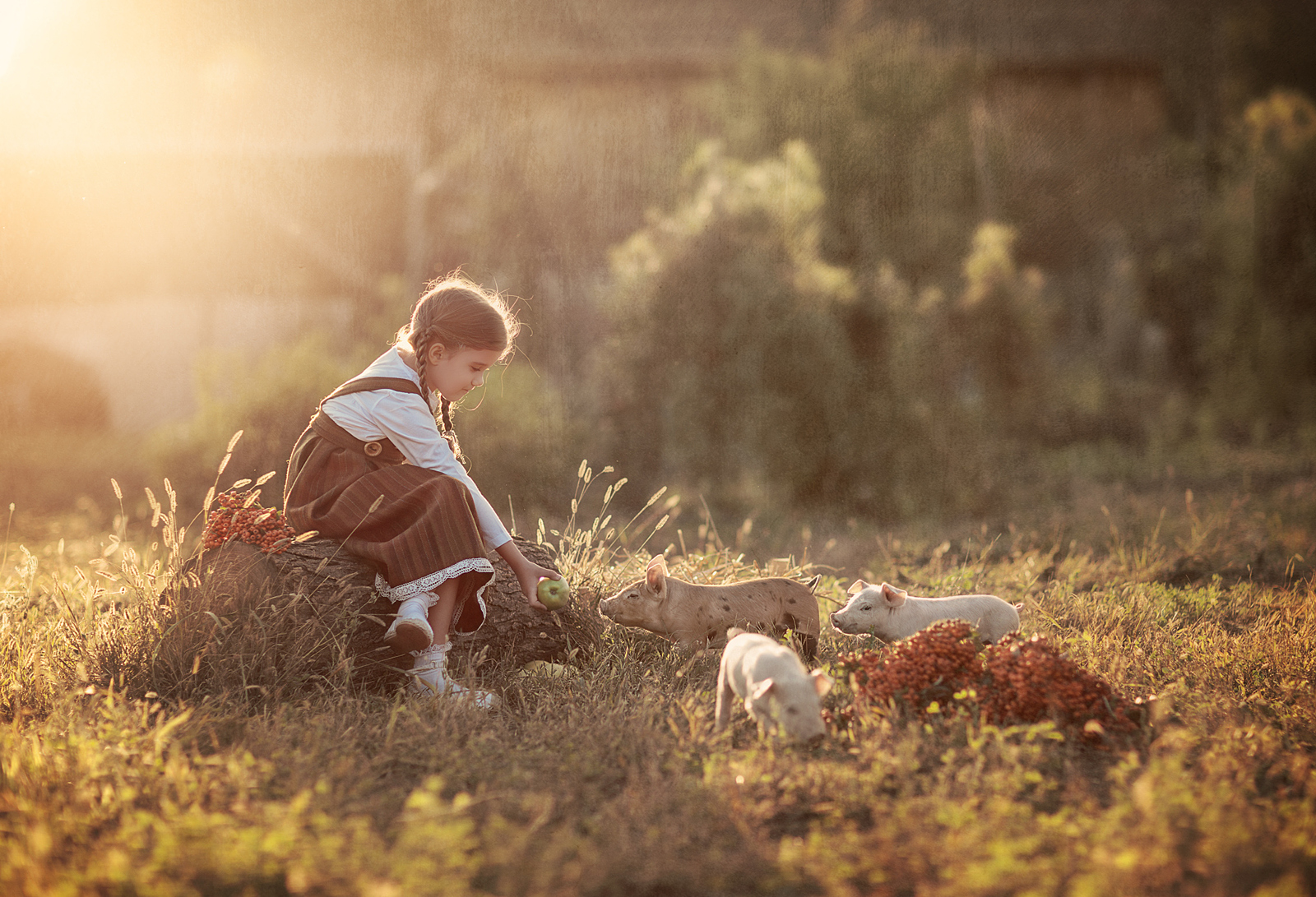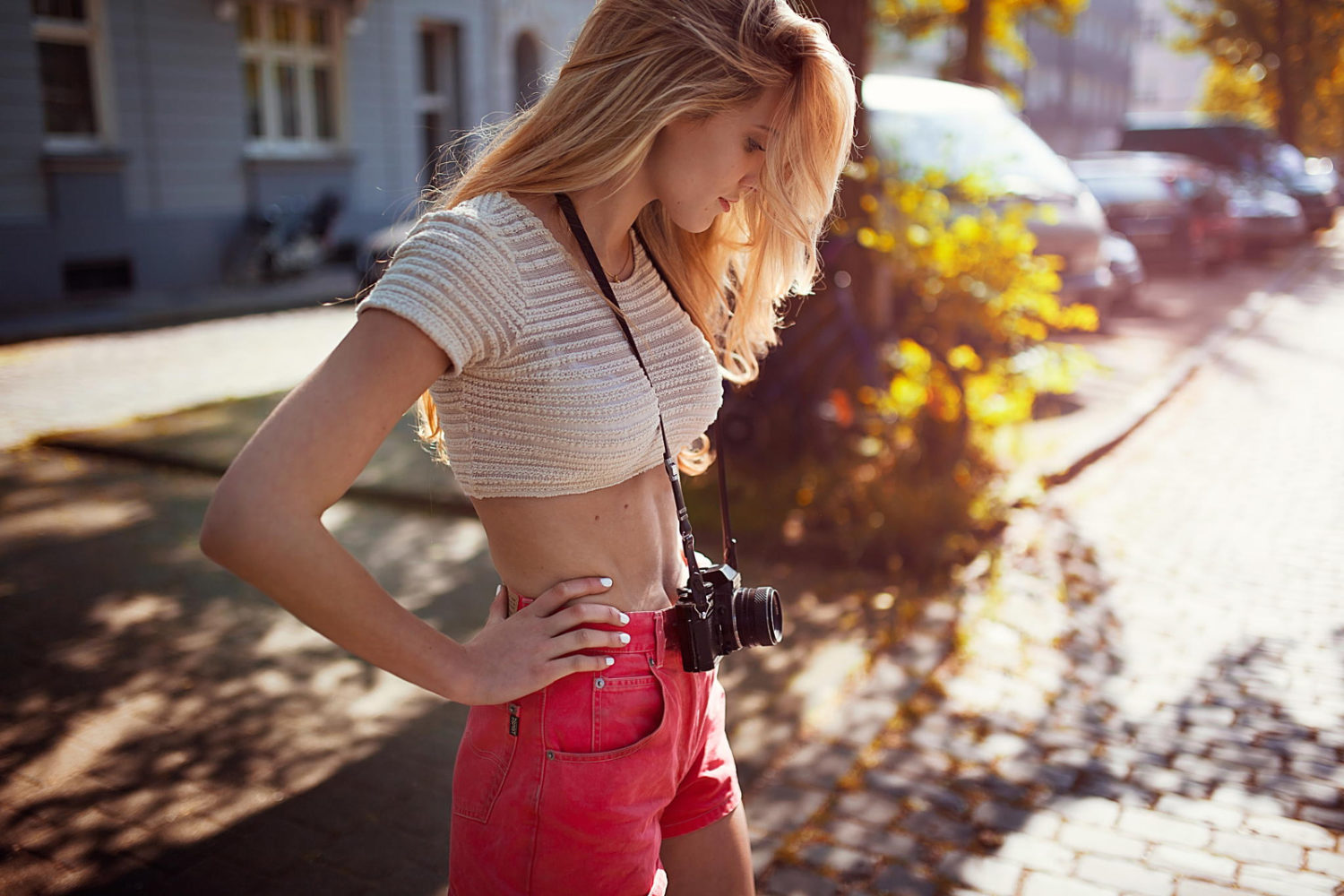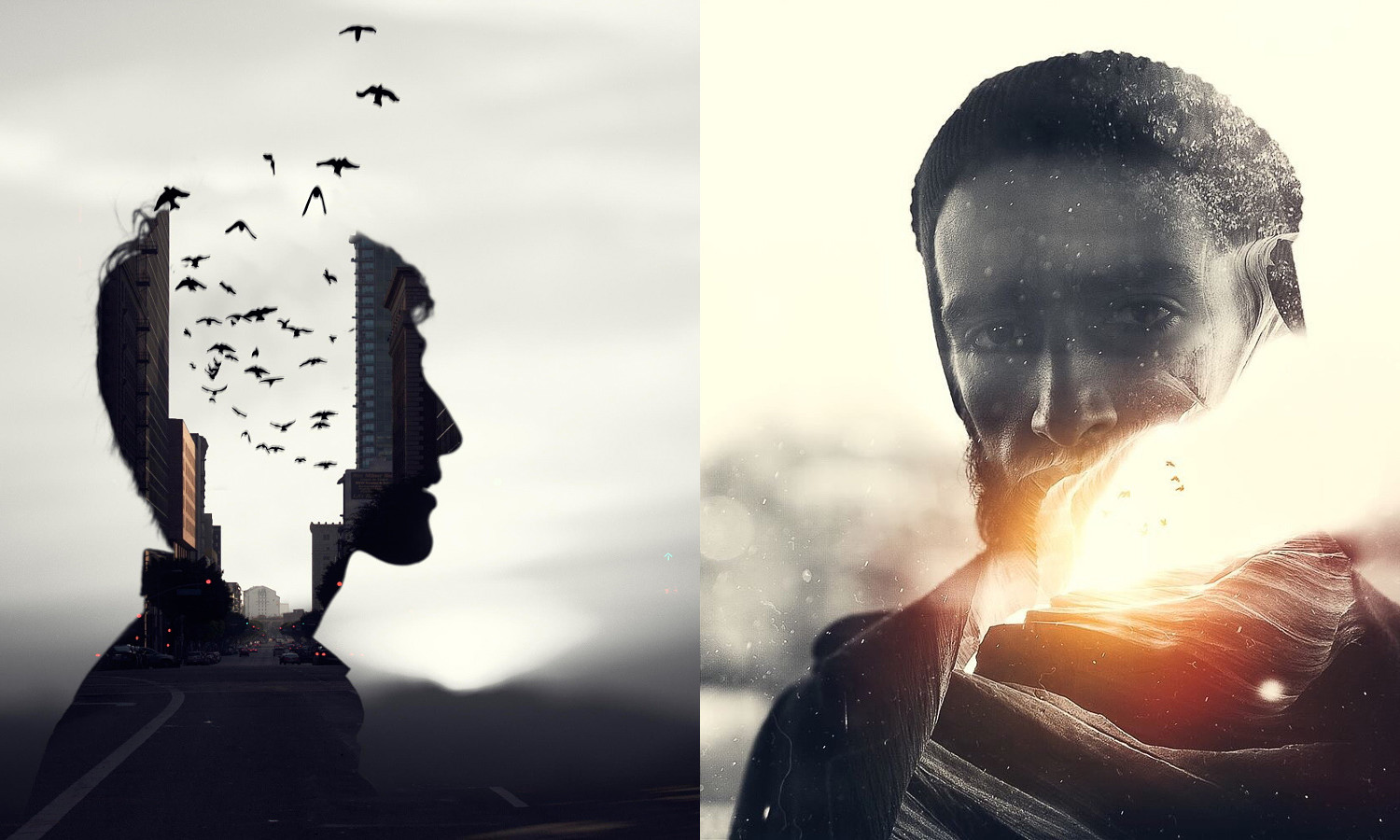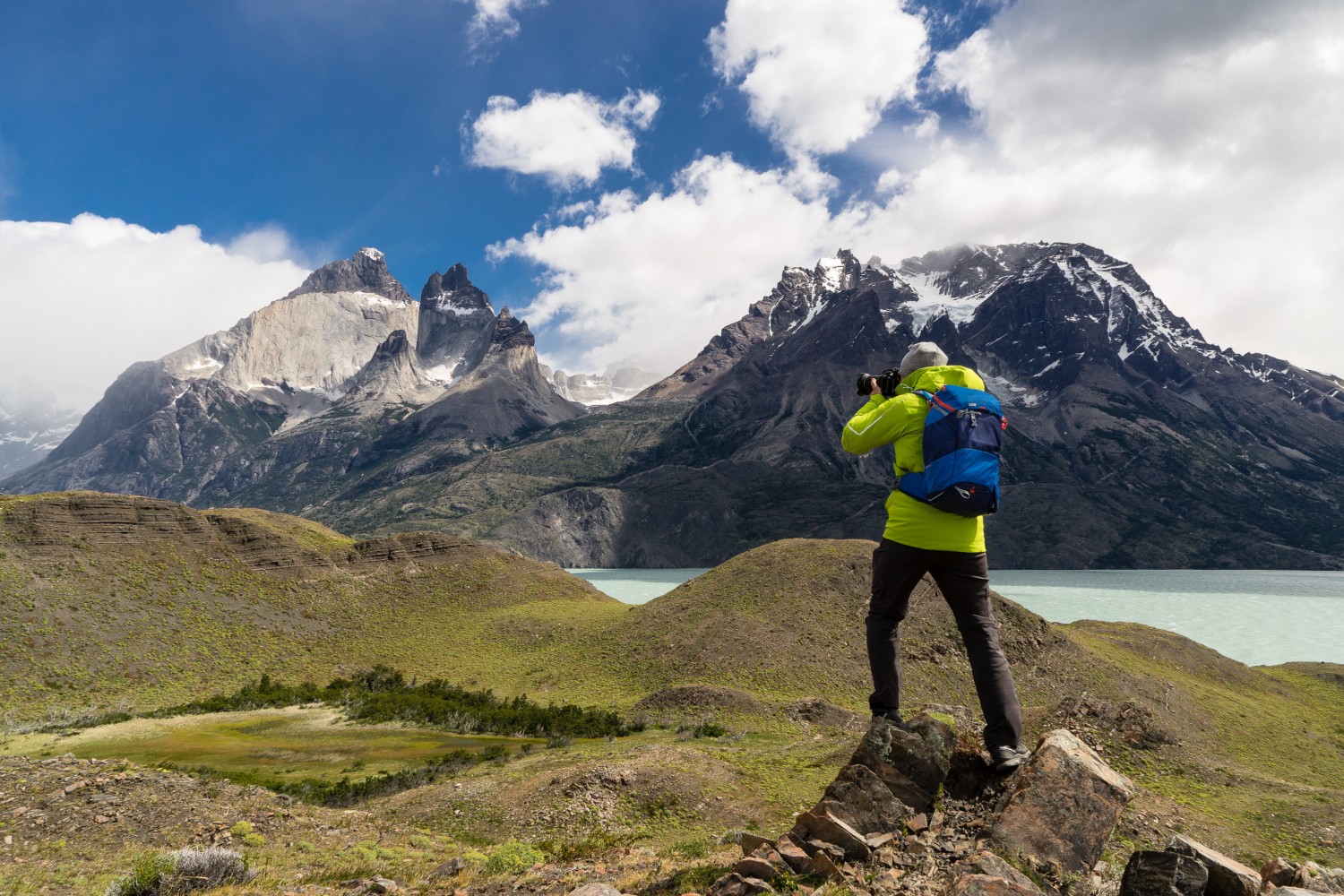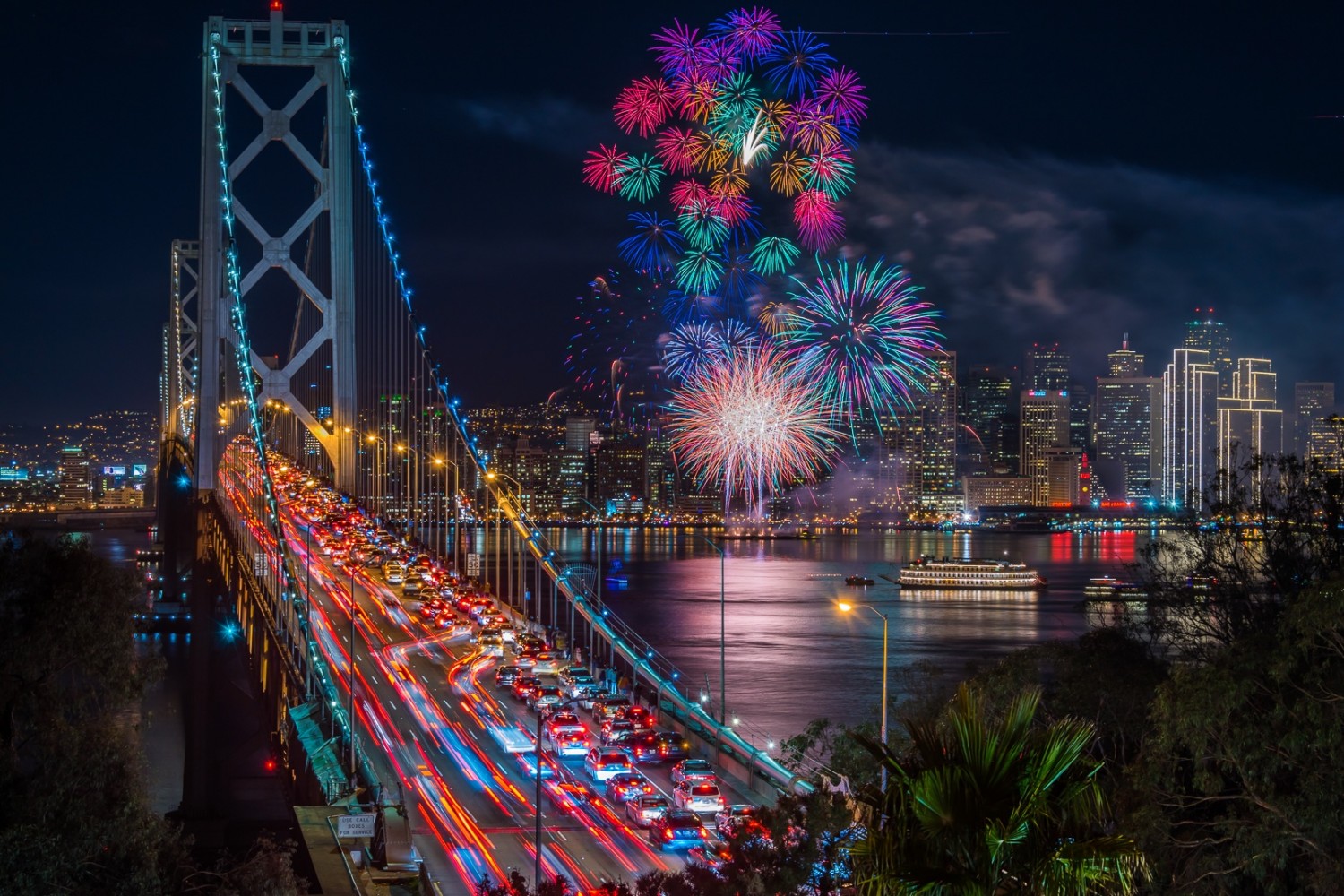The husband and wife team behind Broquart Photography is all about creating and capturing unique childhood moments with a creative and vintage flavor, most of them featuring their daughter as she’s growing up. Their memorable, postcard-like images revolve around the themes of freedom, childhood innocence, and the simpler life of days gone by.
To see more from Broquart Photography, follow them on 500px, visit their website, say hello on Facebook, or show them some love on Instagram.
This article originally appeared here, and is being republished on ISO with express permission.
Introduction
I’ve been meaning to write up a hands-on review of Canon’s new megapixel monster, the 5DS R, for quite some time now, but unfortunately work seemed to get in the way. So my one week with 5DS R, turned into 1 month… then 3 months… and finally at just over 6 months with this camera, I’m finally able to sit down and break down some of the practicalities of what it’s like to be using this powerful new toy.
I went ahead and bought my 5DS R as soon as I could get my hands on it—which in my part of the world is unnecessarily difficult. To access new cameras or any new electronic gadget for that matter, you have to wheel and deal almost like a seasoned black market operator. This is because none of the major manufacturers consider South Eastern Europe a “gold mine” of early adopters of anything… so even if they do send some stock of new items down our way, it’s usually in such limited quantities that you need to be super quick or they’re gone until very late in the product’s life-cycle.
This is why I was really really happy to get my hands on the only 5DS R body that made it to Serbia on July 17th through a friend of a friend of a friend who owned a photo store in Poland. When my camera finally got to me, it had travelled via Hungary and a few other intermediaries besides. It was the very first 5DS R in my country, and possibly in the nearer region, so I felt extremely privileged. So privileged, in fact, that I forgot how much I actually paid for it… for a moment 🙂
At that time I was using 5D Marl III as my weapon of choice, and was very happy with it as it did everything I needed it to.
As you can see from my site, most of my photos are photos of my little daughter in various candid and staged scenes with a vintage flavor—mostly shot during the day, and almost all outdoors. As such, I’m rarely in a position to need extreme low-light performance or the lightning fast burst speed of a 1Dx, for example, but I do need quick auto focus and handy burst speeds as children rarely pose (or stand) still like grown models.
For these reasons, I really liked 5D Mark III because it was a proven performer that produced great results for the type of photography that I do.
I am a little bit of a tech junkie so when 5DS and 5DS R were announced I just “needed” to get my hands on one because it was the latest and the greatest (of Canon’s offerings that is). I was almost swayed by some negative reactions of the photography enthusiasts who were disappointed with the announced specs—the main disappointment being the fact that these two new bodies were not a 5D Mark IV, but were rather “specific purpose” cameras that were megapixel rich, but that was about all they brought to the game over an above a model that most expected them to replace.
I didn’t think that I needed the extra megapixels at all, I was quite happy with the “paltry” 22 megapixels of my Mark III and never really needed any more. Or so I thought….
Nevertheless, I bit the bullet and, despite the new models being very “purpose specific” and having their “limitations,” I decided the 5DS R was what I wanted to get. I wanted the maximum image sharpness, and out of the two new bodies, the 5DS R cancels out the optical low pass filter, making it the technically sharper of the two. So I got it.
From the first moment I touched the camera, it felt familiar in my hand—it’s identical to the 5D Mark III in terms of button placement and ergonomics, which for me was perfect. All the buttons are in the same places and the body is identical in size and construction (various changes in internal elements aside) so it instantly felt familiar.
There are a few cosmetic changes and the biggest, most noticeable difference was the sound of the shutter—gone is the machine gun-like metallic sounding shutter of Mark III, with the 5DS R sounding like a silenced gun in comparison—softer, muted, smoother. It’s such a big difference that it becomes almost addictive to keep you finger on that shutter button. I loved it!
Main Features
Coming with the claim to fame of being the world’s highest megapixel DSLR (at 50.6MP) and, in the case of 5DS R, being the sharper of the two new models, this camera had a lot to live up to as far as the image detail and quality that I was expecting from it.
Marketing games and gimmicky features and acronyms aside, when you’re buying a camera for its image size and sharpness, you always expect something out of this world. I didn’t know exactly what to expect, but I sure knew that I expected MORE than my 5D Mark III could deliver in every respect.
Now I will go into the real world usability of 5DS R and try and point out the most prominent of its pros as well as its cons when you place it in a child photographer’s hands.
Before we start, I’d like to point out that I shoot in RAW so I haven’t tried and therefore won’t talk about this camera’s JPEG file handling or image quality. I shoot in RAW purely out of habit, and due to the fact that my post-processing workflow is such that I do require the flexibility that RAW files give us over JPEG.
Image Quality
The size of the images is just astounding compared to Mark III, and you notice that when you import you images into Photoshop and overlay one over another—50.6MP images are just plain huge compared to the 22MP shots I was used to.
I wasn’t exactly blown away by the difference initially because I was expecting literally more than twice as big an image (just by not thinking about it in enough detail) and was a little disappointed that the images weren’t really more than double the size.
However, once you start working with the files you notice a real benefit of more mega pixels—the flexibility that you have in cropping your image in post and, in the end, still having an image that’s larger than 22MP. It’s an incredible benefit. It just gives you additional freedom to create the composition that works best for your images without worrying that the image will be too small to be useable in the end (for certain purposes this is particularly important).
After working with the new files for a few weeks, editing a 5D Mark III image seemed odd—the image was just so small and lacking so much detail… the difference was incredible.
Which nicely brings me onto my next point—image quality. I have to say that image quality of 5DS R is exceptional.
I decided to shoot all my images on the Fine Detail setting because I felt that if I got the sharpest possible variant of Canon’s DSLRs, I wanted the maximum sharpness that it could produce—then, after using that setting for some time, I’d assess if there was a need for me to change it. So far, after over six months of heavy use, I haven’t for one second thought about changing the Fine Detail setting. It does the job for me perfectly.
The level of detail that any of your Canon lenses are able to capture attached to 5DS R is incredible compared to 5D Mark III—I will even go so far as saying that after you see a few hundred images from a 5DS R, all of your Mark III images will appear out of focus.
Of course, they’re not out of focus, but if you look at your images closely (not literally pixel peeping but checking focus for example) you will just feel that 22 mpx images aren’t in focus. It’s that level of detail that you capture with 5DS R.
It’s incredible and definitely addictive—you just get used to seeing all that detail so much that you really notice its lack when you look at an image from another camera at 100% (which I know us photographers are guilty of doing perhaps more than we should for most purposes; but hey, so what?)
However, I did run into a couple of little problems when I started using my 5DS R as far as image quality is concerned.
My hand holding technique, whilst apparently bulletproof on the 5D Mark III given I was very happy with my in-focus rate when using my 85mm f/1.2 LII at f/1.2, was letting me down in the first two weeks of using 5DS R.
Apparently, at 50MP, any movement is exaggerated and translated to blurrier pixels more so than at 22MP. It almost became frustrating and I thought about giving it a scathing review, throwing it into my bag, and never using it again because none of my images were sharp—none!!!
It was alarming. I thought something was wrong with the camera. I mean, it had to be: I was shooting fine before, then suddenly my shiny, new, really large images were, well, terribly soft and not so rich in detail.
So I searched for answers, calibrated my lens through in-body Micro AF adjustment (which incidentally needed calibration as it was front focusing by a bit with the new body), read forums, sought answers, and realized that I had better make sure I’m not the problem before putting in a damning protest note to Canon.
Boy am I glad I worked on my technique. After two weeks of concentration on how I shoot—doing all the right things to get rock steady hand holding shots and ensuring that my shutter speed was on the forgiving side just to be safe—I started getting reliably in-focus shots, so much so that it’s now odd when a shot is out of focus.
The results were just fantastic. Sharp images with detail that just isn’t there on 5D Mark III images—it just isn’t captured and is impossible to extract no matter what you do in post. You then see hundreds and even thousands of images like this and this becomes your standard… what you expect to see in RAW images.
It’s truly medium-format like level of detail in a compact package that you can carry around with ease. If you’re a detail junkie, 5DS R RAW files will do the trick on Fine Detail.
Practical drawback: The 5DS R is slower than the 5D Mark III when writing files to a memory card—this is more noticeable with SD than CF cards—so much so that I opted for having only a larger, faster (UDMA 10) CF card in the camera instead of a CF and an SD card. The fastest SD cards aren’t as fast as the fastest CF cards, and if you have both in your camera, the write/read speeds will be limited to the slower of the two cards—namely your SD card.
Now, this isn’t a HUGE problem if you are shooting adults and they don’t run around a lot. But if you, like me, photograph kids and from time to time rely on burst mode to get the most candid shots (which are undoubtedly always the best looking), you run the risk of missing some shots if your camera is taking 4-5 seconds to write files form its buffer to the card.
So I put a 256GB UDMA 10 CF card in the camera and feel like I’m getting a very good burst shot performance as well as non-restrictive transfer speeds. Even still, both are still definitely slower than 5D Mark III bursts and write speeds, which is to be expected given the size of the RAW files.
Another drawback, if you can even call it that, is the sheer size of the images. All that detail means that your out-of-the-camera RAW files are twice, and sometimes a little more than twice, the size of 5D Mark III RAW files. With the Mark III, I was typically getting RAW files that were around 22-27Mb each; with 5DS R, I am getting RAW files that are 55-67Mb in size, which in practice means three things:
1. Slower file transfer – Even with USB 3.0 in place of the slower USB 2.0 connection on 5D Mark III, transferring files from your camera to your computer takes more time.
2. More storage space – I started to really expose the limitations of my 500Gb MacBook Pro hard drive. In 3 or so photo shoots, I could fill up my hard drive enough so that Photoshop was almost unusable because of lack of memory resources. So I bought more external hard drives. which I needed anyway. So far I’m happy with a three additional 3Tb hard drives, but this is one consideration that you must bear in mind. You’ll need more storage, the more the better, to house these large files.
3. More processing power – Bigger files, even with plenty of memory, require more processing power to handle all the manipulation that you’re probably used to doing to your smaller 22MP files. All editing software will be slower, opening files will take longer, and applying effects much slower without proper GPU, CPU, and memory resources. I’m using the most powerful MacBook Pro 15″ and it absolutely flew with 5D Mark III images, but is found wanting when editing or playing around with several 5DS R images at the same time without paying attention to resources, open applications, etc.
Low Light Performance
To put it bluntly, Canon revealed to all of us quite obviously with the launch of the two new cameras that they weren’t as “good” in low light when they told us their native ISO was not quite as high as the 5D Mark IIIs. This is true.
In practice, whilst I rarely need high ISO for the types of images that I do, images of my child’s birthday party that I shot with my 5DS R weren’t as forgiving with higher ISO values as ones shot with the Mark III. They’re definitely grainier at any ISO value above 600, and will become unusable quicker at higher ISO values.
If you absolutely need a camera that will not break a sweat shooting at ISO 3200 and higher, this isn’t a camera for you. You could buy it and love it, but it won’t produce anything worthwhile at those higher ISO values.
Who shoots at ISO that high anyway is what I say 🙂 (bracing for abuse from astro-photogs and pixel peepers that specialise in ISO grain size and distribution analysis). For what I do the 5DS R is never found wanting, and at ISO of up to 400 it does the trick for me in a sublime manner.
Autofocus
As good as the Mark III is in every respect, fast focusing lenses work just as well on the 5DS R. By that I mean ultra fast focus that you can’t complain about. Not what some call “mind reading” or “psychic” autofocus like some of the pro bodies out there boast, but excellent autofocus that allows enough customization to cater to most of us mere mortal photogs that don’t shoot fast sports or birds in flight.
One related feature that’s not directly linked to Autofocus capabilities is the change of the view through the finder. With the 5DS R, you get an LCD overlay in the finder that (also seen in 7D Mark II) that uses graphic overlays to show you information like shooting mode, exposure level, white balance, AF, and a few other bits and bobs including a more than handy electronic level that appears in the top part of the screen. I found this last bit particularly handy, and have used to produce less shots with crooked horizons because it makes it so easy to see whether your camera is level if you need and want it to be.
Another great feature of the LCD overlay is that it can show you, in-finder, the actual image size if you’re using any of the crop factors the camera allows you to use. It does this in a very cool way where it grays out the portion of the image that isn’t going to appear in the cropped image.
It’s a very nice effect, although I rarely, if ever, use crop feature in camera—I do crop my images, but in post-processing, so I want the largest possible image out of camera to begin with. That said, it may come in handy for some uses.
Another interesting feature is “Flicker Synchronization” (another feature also found in the 7D Mark II), which conveniently enables us to shoot through flickering light by synchronizing the shutter release to the lighting automatically. You’ll notice that the camera is doing this by the FLICKER icon flashing in the bottom right hand corner of the LCD overlay in the finder.
Other Features
USB 3.0 – A faster, newer connection that allows you to transfer files more quickly from the camera to your computer. This is, quite frankly, much needed and even with it, the transfer of several hundred shots can take some time given the file sizes you’re working with.
Power Consumption – Actually, I’m quite pleasantly surprised with the power consumption of the 5DS R compared to 5D Mark III. The batteries are interchangeable, and while the 5DS R does use a slightly more powerful LP-E6N as opposed to LP-E6 of the Mark III, it will take LP-E6 quite happily… you’ll just get fewer shots with it.
Officially LP-E6N is rated at some 700 shots (much fewer if using LiveView) and since, during my normal shooting, I never use LiveView I was pleased to discover that I can regularly take 900+ shots with one battery and around 800 shots with the LP-E6 from 5D Mark III.
Light Metering – For some reason I find the light metering performance of the 5DS R is more consistent and accurate than the Mark III. Photographing the same scene, the brightness of the 5DS R image compared to 5D Mark III is greater, with more pleasing appearance under the same conditions.
Flash Performance – Very much related to the light metering function, I’ve found that images from my 5DS R are consistently brighter using flashes at the same power as with 5D Mark III shooting the same scene at the same time in indoor environments that are lit by regular interior lighting.
This is related to the automatic Anti-Flicker function, which synchronizes shutter release with light flickering.
Closing Thoughts
Is the 5DS R an improvement over the 5D Mark III for most portrait photographers?
Whilst not every portrait photographer will realize the full benefits of the 5DS R over and above the Mark III, the increase in detail and overall quality of the image that you get using the same lenses is more often than not enough for a portrait photographer to enjoy the fruits of their labour more.
This is a fantastic camera to use not just for in-studio portrait photography, but for every conceivable portrait situation. It does everything the 5D Mark III does at the very least equally as well, but more often than not it does it better, and produces images that are worlds apart in terms of detail and quality.
Is the 5DS R a one-trick pony?
Most initial reviews indicated that both new bodies from Canon would be very specialized tools—even Canon themselves adopted that line in their marketing materials—but from experience I can say that the 5DS R is more than capable of shooting everything you’d shoot with the 5D Mark III under the same conditions barring high ISO shots.
I’ve also seen more and more professional photographers use the 5DS R for various purposes, and I assume in various ways, with fantastic results. So I think the more people try Canon’s new offerings, the more dissatisfied they’ll be with alternatives, and will stick with their new toys until something better comes along.
Is the 5DS R a perfect camera for everyone?
Of course it’s not. I’m not sure that there is a single camera that’s out there or that will ever be released and that will wear this title with full right. There is always some aspect that could be improved, something that could be removed, and other things that ought to have been added.
What the 5DS R does is everything that it says it’ll do and more, which is fantastic and a credit to Canon for not trying to hoodwink its users/customers. It’s a very capable DSLR with fantastic image quality that will make your existing lenses reveal more detail than ever before. It gives you the creative freedom to play with composition and still retain mammoth images, and does so in a familiar physical form that’s tried and tested over many years of practical use.
I haven’t stopped using my 5DS R for everything that I do, and have since gone and sold my 5D Mark III because I was using it so little. I would happily buy another 5DS R, and recommend it to everyone that is considering purchasing it, especially if they’re a portrait photographer who is using a Mark III as I was. The camera is a true upgrade, and you’ll never look back.
Until next time, happy shooting 🙂

